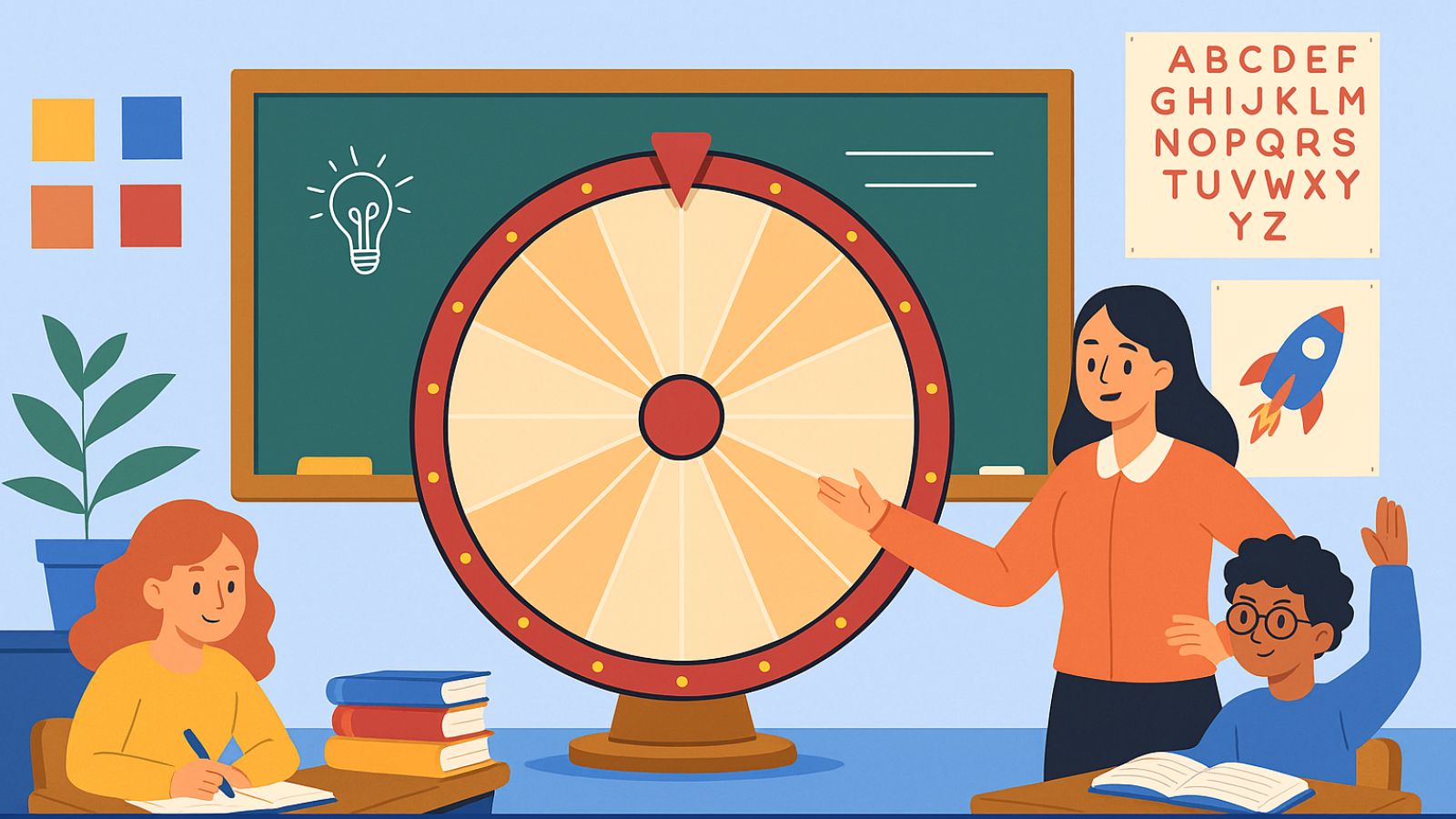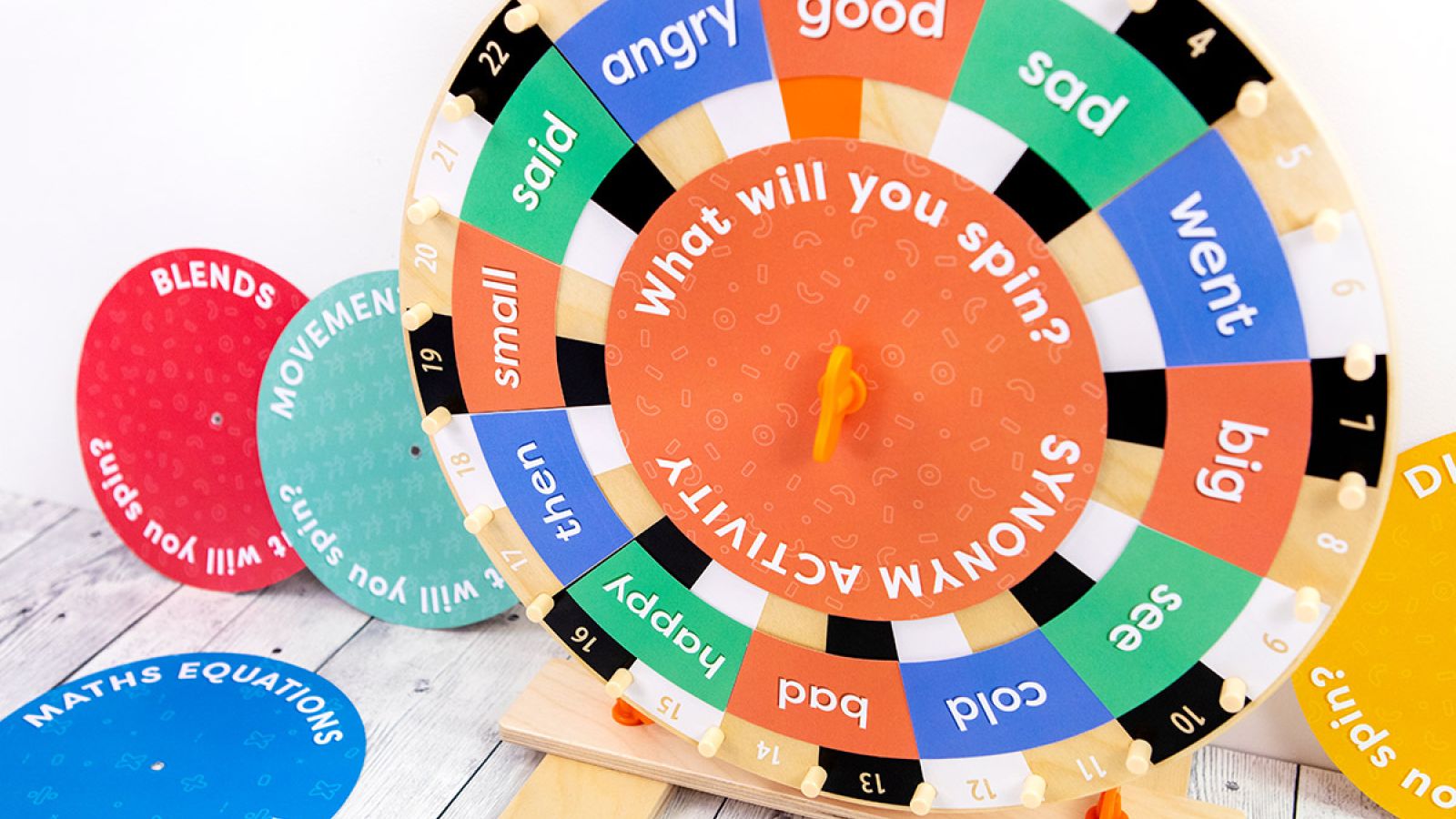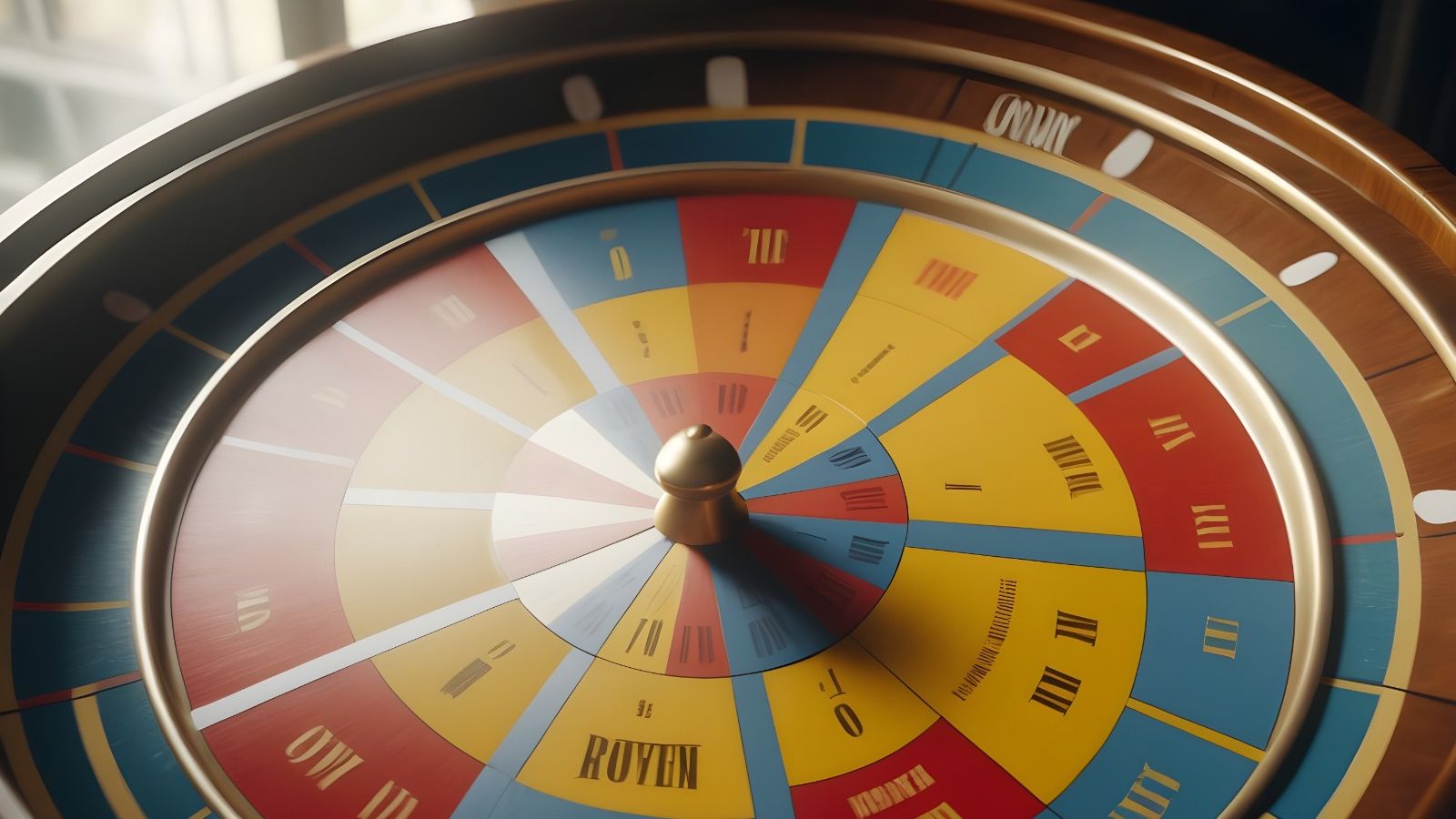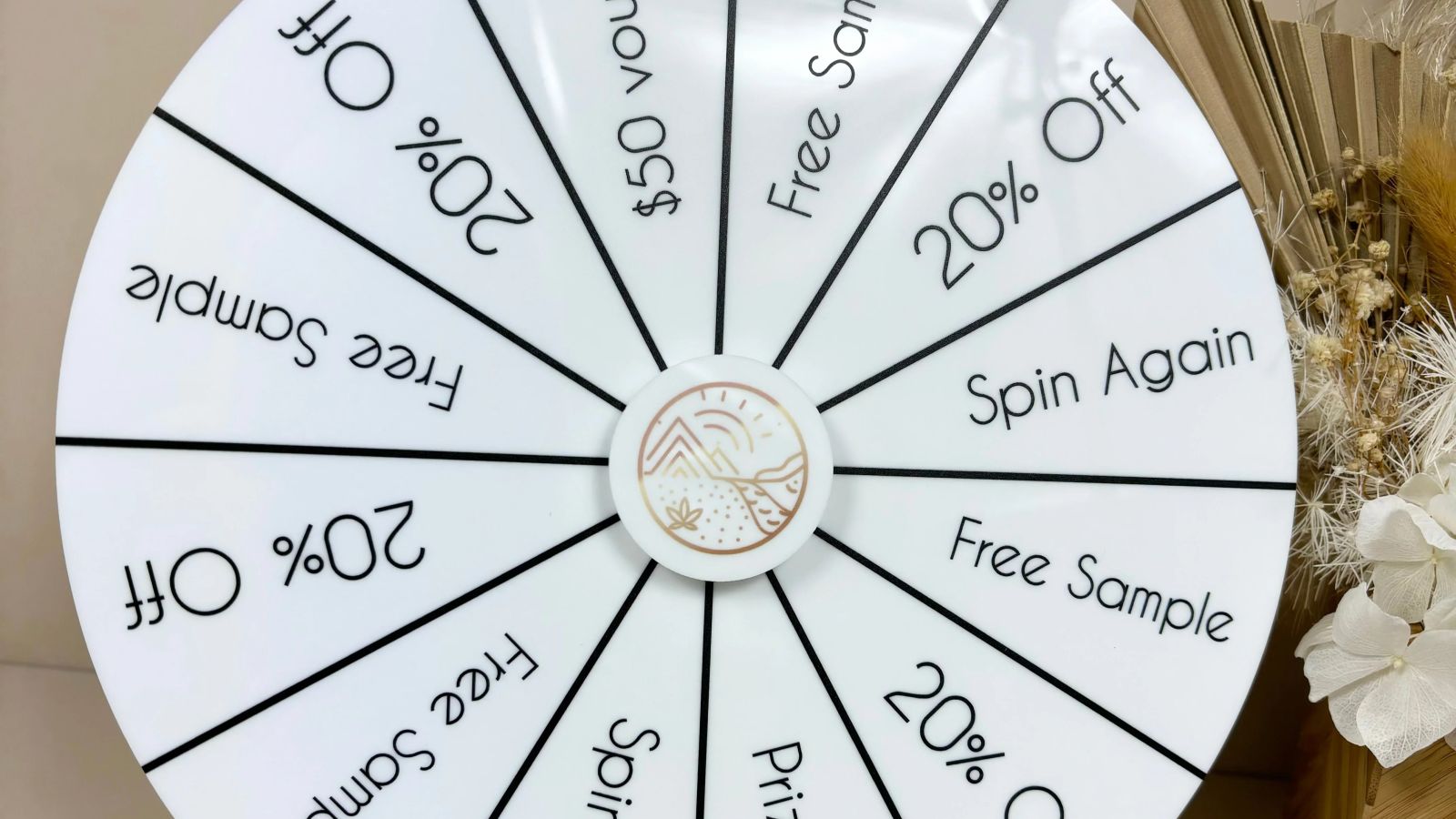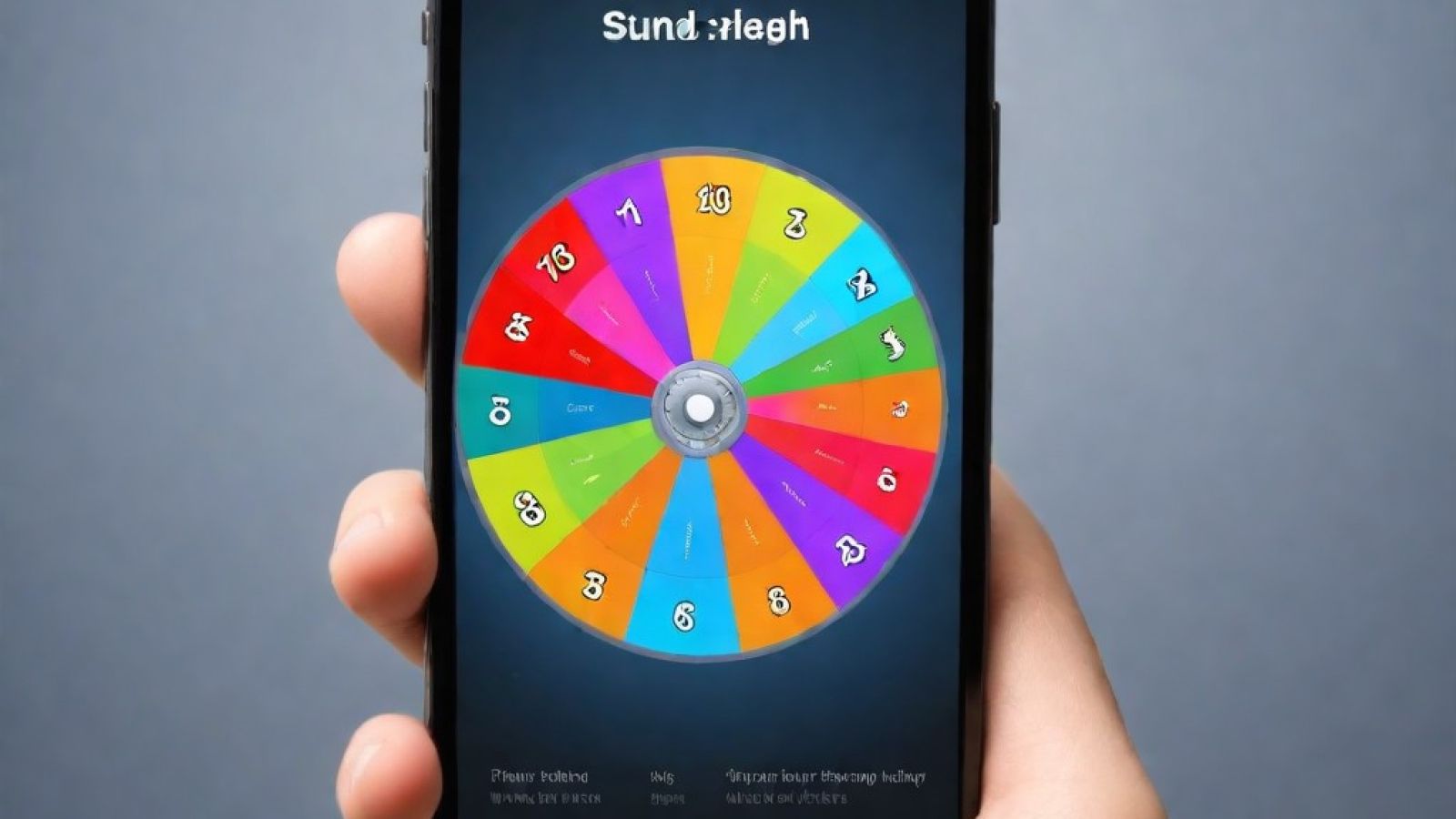Remember that sinking feeling when the same three voices dominate every meeting? 😩
I sure do. Early in my career, I watched brilliant ideas die in silence while the loudest execs played verbal ping-pong. Then I discovered an unlikely equalizer: the humble wheel spinner. Let me share how this playful tool transformed our corporate culture from hierarchical to harmonious!
The Unfairness of “Business as Usual”
Harvard studies show 70% of meeting airtime is consumed by just three participants. At my previous agency, our creative director admitted: “I never hear from our introverts until deadline panic sets in.” That changed when we introduced our random name generator wheel. Suddenly, Sarah from accounting shared a pricing model that boosted profits by 15%! 💡
Spinner Strategies That Revolutionized Our Workflow
1. The Idea Incubator
Instead of “who wants to start?”, spin for:
• Brainstorming sequence
• Discussion topic
• Devil’s advocate role
Our product team generated 40% more viable concepts in half the time!
2. Decision Democracy
Create weighted wheels for:
• Feature prioritization (stakeholders assign point values)
• Resource allocation
• Conflict resolution paths
When our developers deadlocked on a tech stack, the spinner became our impartial arbitrator.
3. Meeting Rhythm Reset
Combat Zoom fatigue with spins determining:
• Discussion format (1-on-1, group, silent reflection)
• Break activities (stretching, doodling, coffee refill)
• Timekeeper rotation
Our engagement scores soared by 60%! 📈
Decision-Making Method Face-Off
| Approach | Fairness | Speed | Creative Output |
|---|---|---|---|
| Hierarchical | ★☆☆☆☆ | ⏱️⏱️ | Low |
| Consensus | ★★★☆☆ | ⏱️⏱️⏱️⏱️ | Medium |
| Voting | ★★★★☆ | ⏱️⏱️ | Medium |
| Wheel of Names | ★★★★★ | ⏱️ | High |
The Neuroscience of Random Selection
MIT researchers found structured randomness activates our ventral striatum – the brain’s “fairness detector.” When I started using a spinner to choose presenters, team members reported feeling 3x more valued. Why? The wheel eliminates unconscious bias better than any HR training I’ve seen!
Real-Life Success: The Turnaround Story
Our struggling retail client couldn’t agree on rebranding directions. We created a color wheel with options weighted by customer data. The “losing” teal concept actually sparked a hybrid idea that became their best-selling line! Moral? Sometimes randomness reveals solutions logic obscures.
When NOT to Spin
• Ethical decisions
• Performance evaluations
• Crisis management
• Data-driven conclusions with clear outcomes
Randomness enhances judgment – never replaces it. As my mentor taught me: “Spin for ideas, not consequences.”
Digital Tools for Hybrid Teams
Our global team uses:
1. Shared screens with interactive wheels
2. Mobile yes or no wheels for quick polls
3. Asynchronous spin results in Slack
Pro tip: Add fun sound effects – the “wheel whir” triggers dopamine hits!
Your Fairness Implementation Plan
1. Identify bias hotspots (meeting openers? idea selection?)
2. Create simple spinner templates
3. Establish “wheel rules” (e.g., two spins max)
4. Track psychological safety metrics
Within weeks, you’ll notice quieter voices growing stronger 💪
The Leadership Epiphany
Our CEO initially scoffed at our “kindergarten tool.” Then at an all-hands meeting, the wheel landed on HIM to answer tough culture questions. His vulnerable response sparked our most authentic dialogue ever. True fairness isn’t about removing hierarchy – it’s about creating moments where titles disappear.
In a world obsessed with data-driven everything, remember this: The human element thrives on unexpected opportunities. Your most reserved employee might hold the idea that transforms your business – if only they’re given the chance. So why leave it to chance? Spin the wheel, and watch fairness become your most competitive advantage. 🚀




